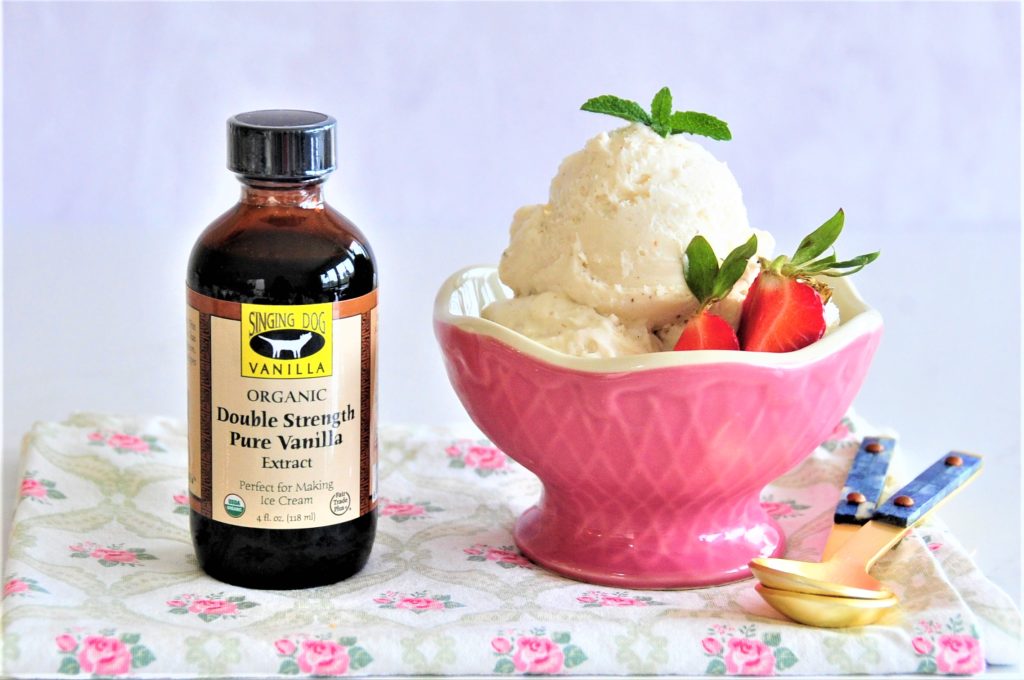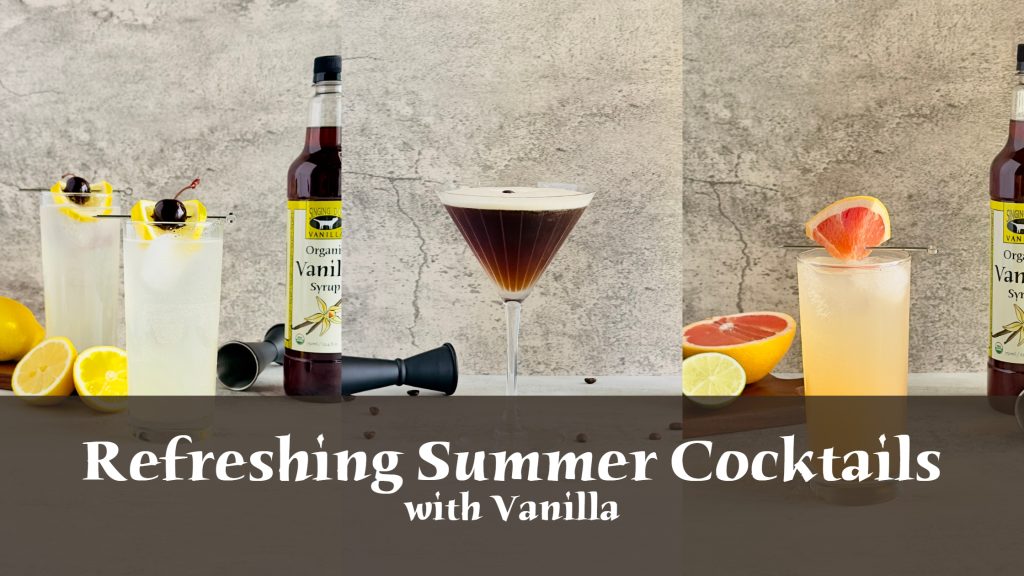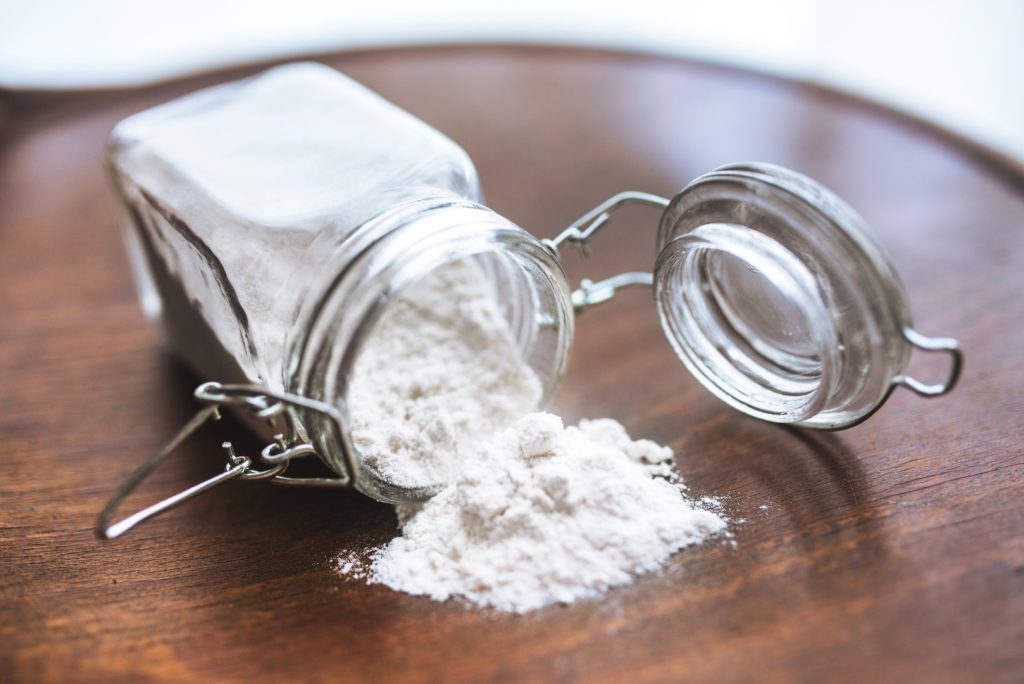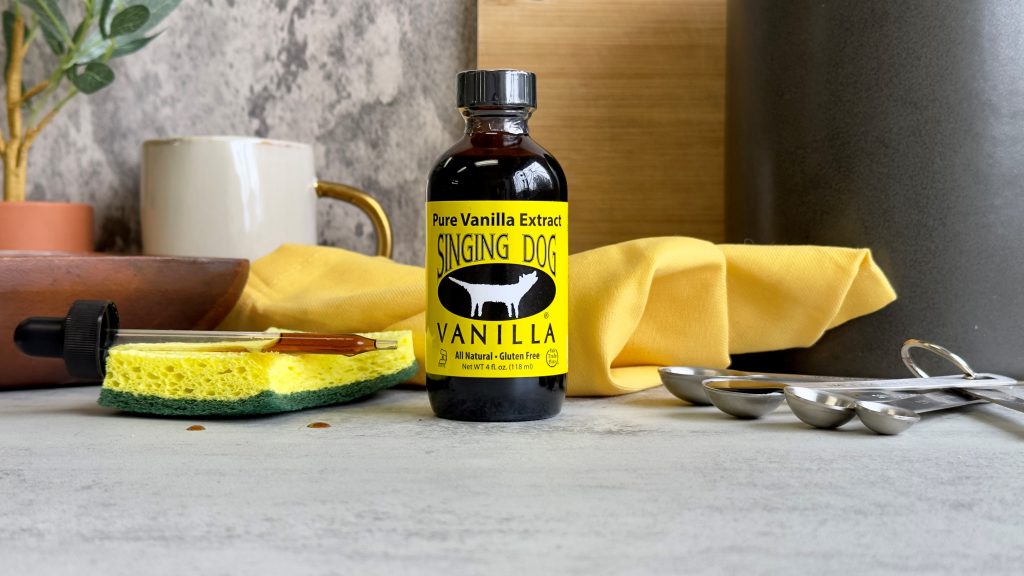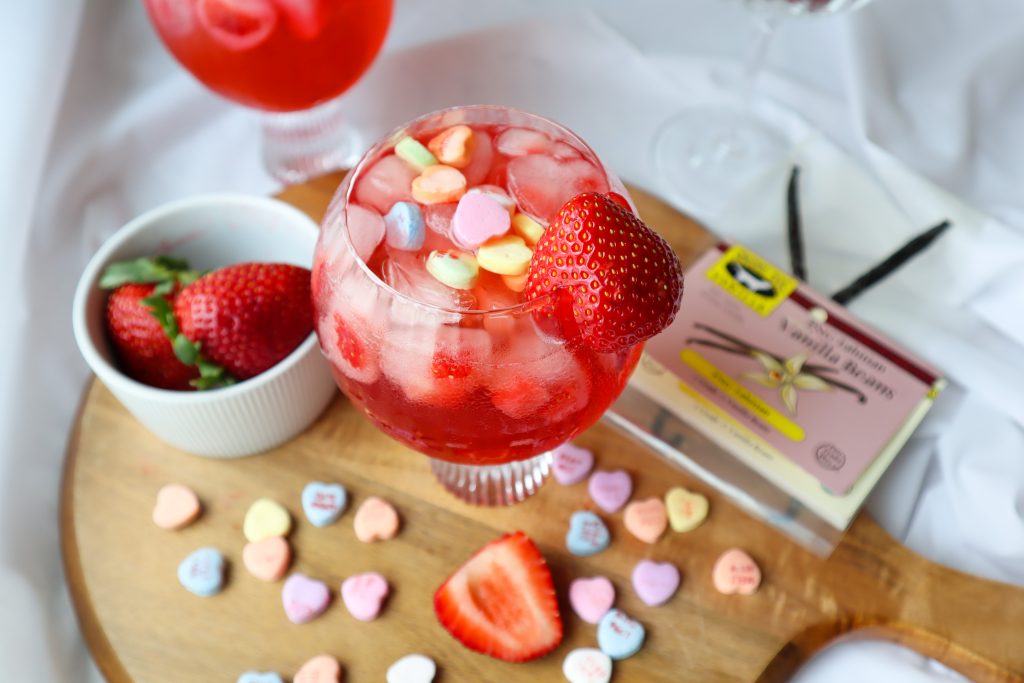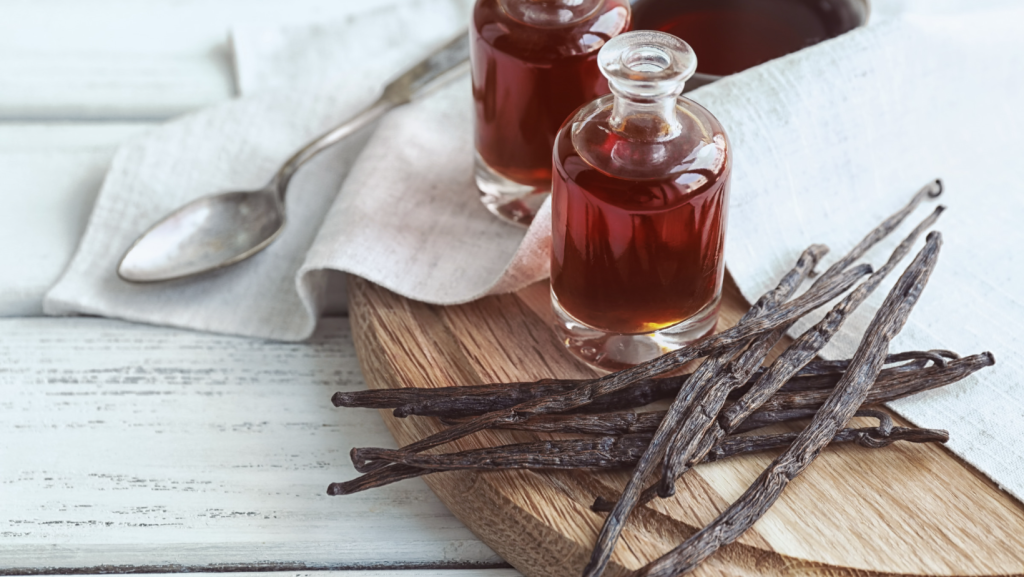BLOG
WELCOME TO OUR VANILLA-VERSE
Our musings on growing a healthy company, creating fans, and loving vanilla. Enjoy!
Vanilla Vs. French Vanilla Ice Cream: The Ultimate Guide to Vanilla Ice Cream
When it comes to ice cream, vanilla is a classic flavor that is beloved by many. It’s the most popular ...
10+ Refreshing Summer Cocktails with Vanilla
Summer is upon us, and what better way to beat the heat than with an irresistible selection of refreshing summer ...
How to Make Corn-Free Baking Powder & Other Corn-Free Baking Substitutions
Baking is a wonderful hobby that people of all ages can enjoy. However, if you have a corn allergy or ...
Tackle Your Spring Cleaning with Vanilla Extract
Spring is the perfect time to freshen up your home, but did you know you can make spring cleaning more ...
Best Valentine’s Day Cocktails, Desserts & Recipes
Valentine’s Day is a special occasion to celebrate love and affection with your significant other or those you are close ...
How to Store Vanilla Beans
One of the most common questions that we get asked is, “How do I store my vanilla beans?” It’s an ...

